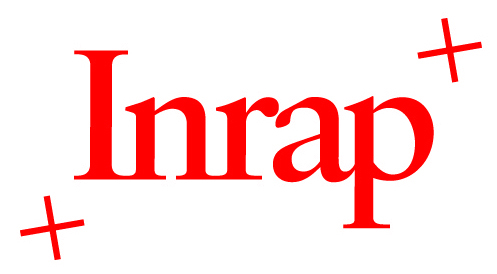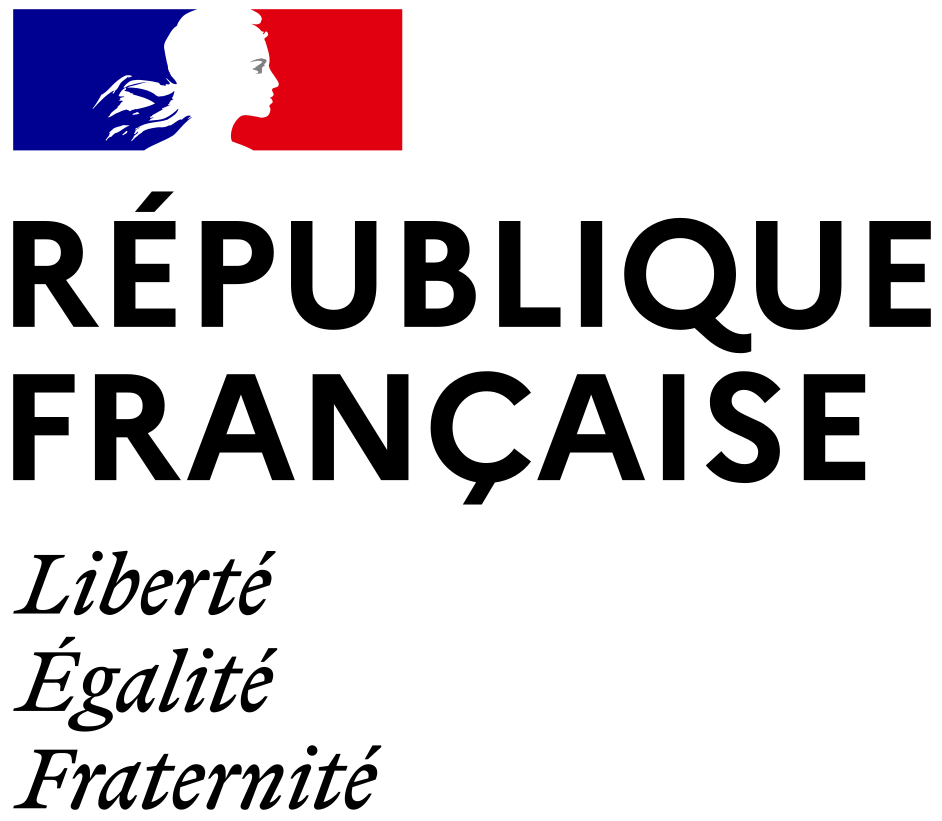Correlative radioimaging and mass spectrometry imaging: a powerful combination to study 14 C-graphene oxide in vivo biodistribution
Résumé
Research on graphene based nanomaterials has flourished in the last decade due their unique properties and emerging socio-economic impact. In the context of their potential exploitation for biomedical applications, there is a growing need for the development of more efficient imaging techniques to track the fate of these materials. Herein we propose the first correlative imaging approach based on the combination of radioimaging and mass spectrometry imaging for the detection of Graphene Oxide (GO) labelled with carbon-14 in mice. In this study, 14C-graphene oxide nanoribbons were produced from the oxidative opening of 14C-carbon nanotubes, and were then intensively sonicated to provide nano-size 14C-GO flakes. After Intravenous administration in mice, 14C-GO distribution was quantified by radioimaging performed on tissue slices. On the same slices, MS-imaging provided a highly resolved distribution map of the nanomaterial based on the detection of specific radical anionic carbon clusters ranging from C2˙− to C9˙− with a base peak at m/z 72 (12C) and 74 (14C) under negative laser desorption ionization mass spectrometry (LDI-MS) conditions. This proof of concept approach synergizes the strength of each technique and could be advantageous in the pre-clinical development of future Graphene-based biomedical applications.
Fichier principal
 2023-Correlative radioimaging and mass spectrometry imaging- a powerful combination to study 14C-graphene oxide in vivo biodistribution.pdf (3.79 Mo)
Télécharger le fichier
2023-Correlative radioimaging and mass spectrometry imaging- a powerful combination to study 14C-graphene oxide in vivo biodistribution.pdf (3.79 Mo)
Télécharger le fichier
| Origine | Publication financée par une institution |
|---|---|
| Licence |



